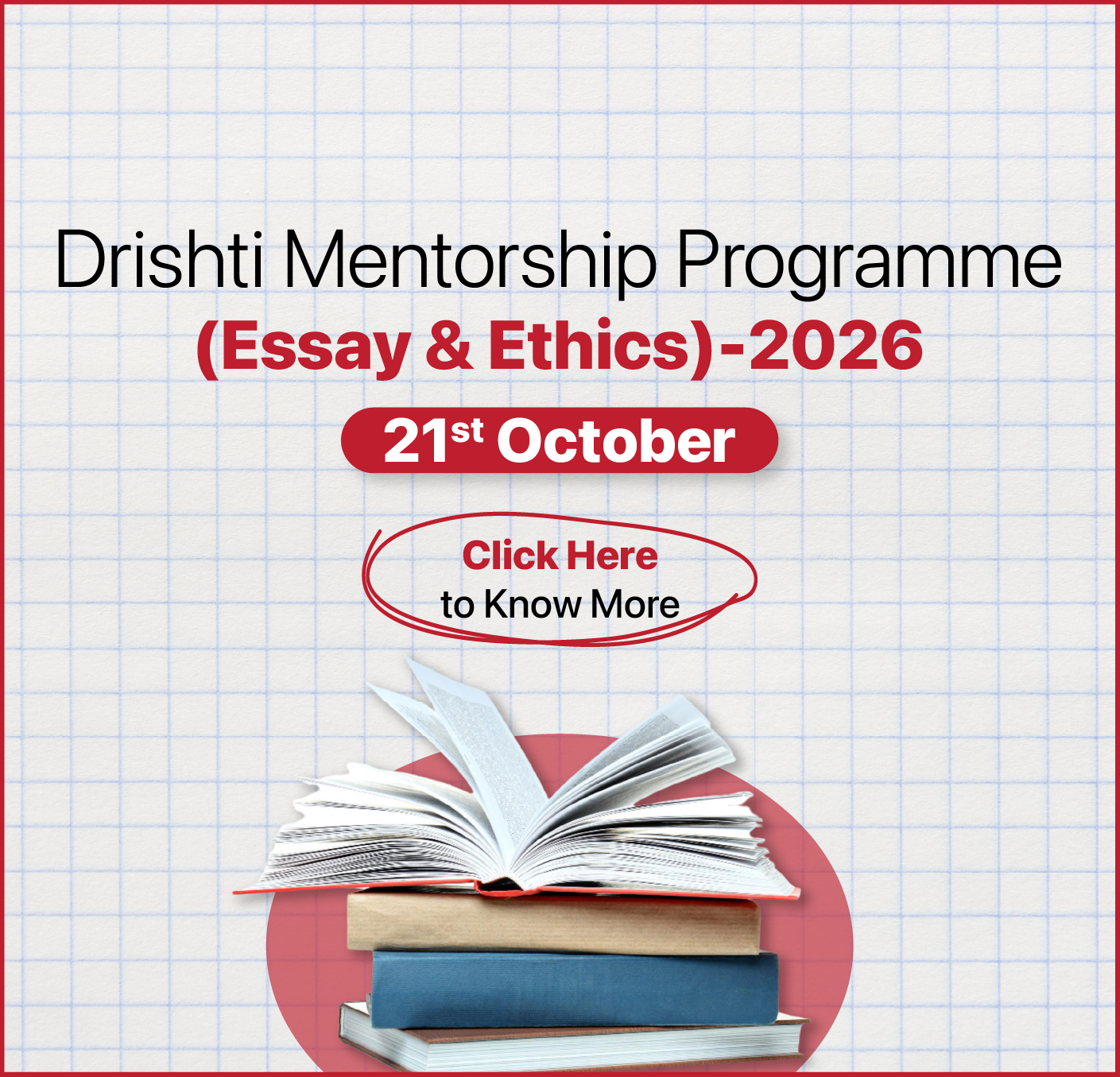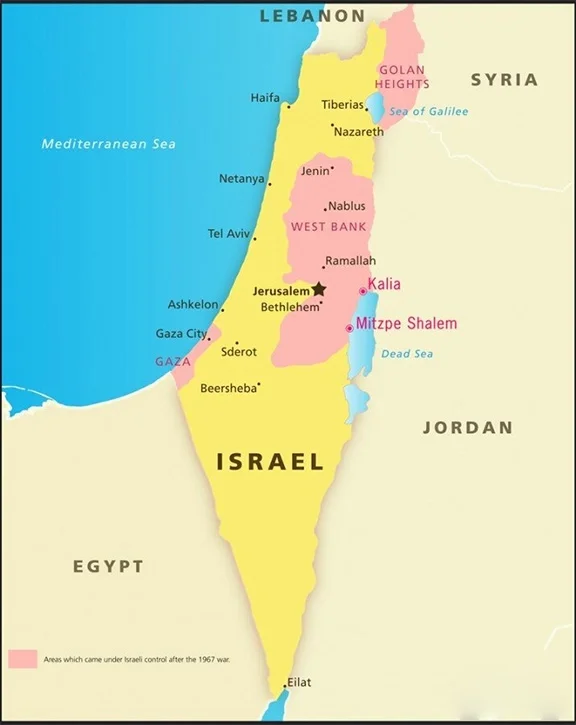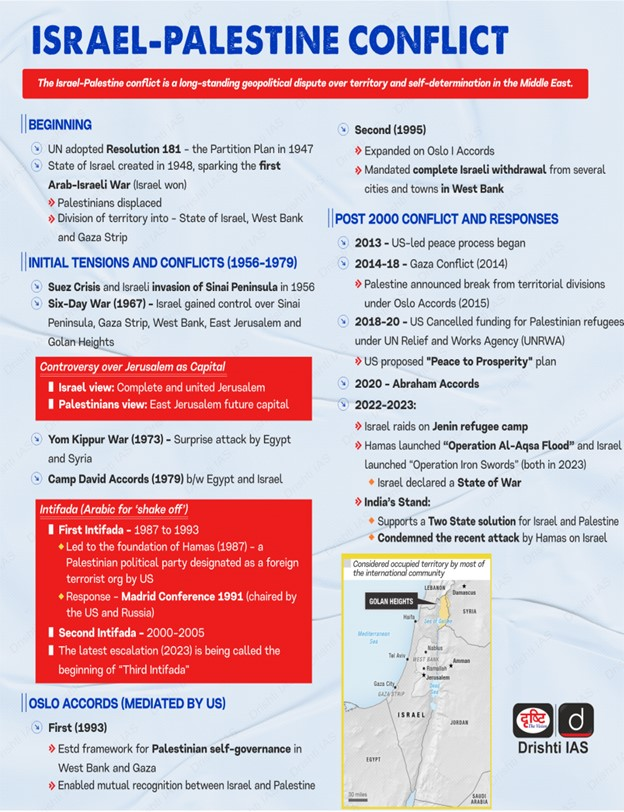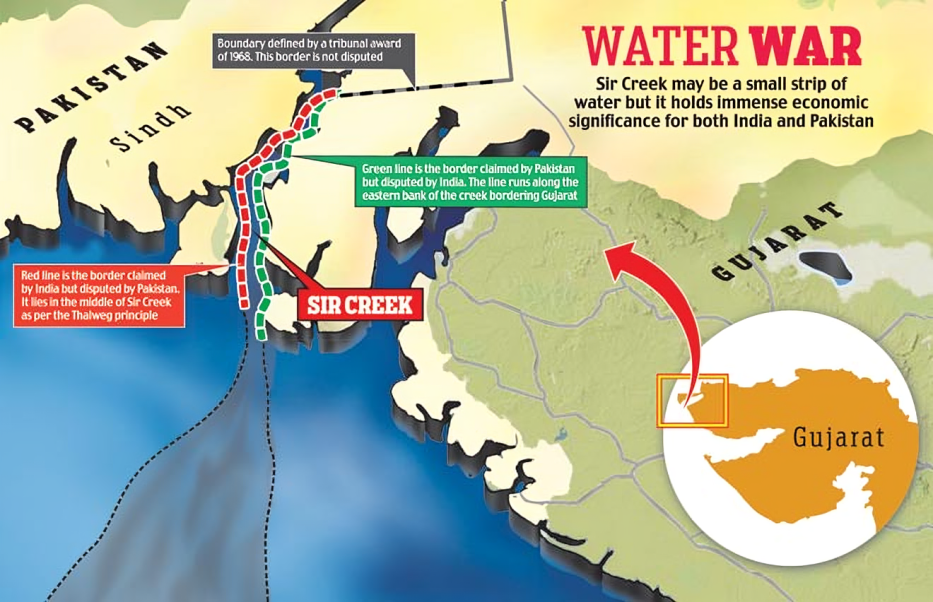Biodiversity & Environment
Sustainable E-Waste Management Strategies
For Prelims: E-waste, Heavy Metals, Particulate Matter, DNA, Extended Producer Responsibility, Central Pollution Control Board, Blockchain, Right-to-Repair.
For Mains: E-Waste Management in India: Current Status, Challenges, Socio-Economic Impacts, Policy Initiatives, and Way Forward.
Why in News?
India generated 2.2 million metric tonnes (MT) of e-waste in 2025, becoming the third-largest global generator after China and the US. However, informal recycling exposes millions, especially marginalised communities, to serious health risks, making it a major urban challenge.
E- Waste
- About: E-waste, or electronic waste, refers to discarded or end-of-life electronic devices and equipment. It includes items such as computers, televisions, mobile phones, printers, refrigerators, and air conditioners.
- These products often contain toxic substances like lead, mercury, cadmium, and chromium.
- Current Status of E-waste in India:
- Rapid Growth: E-waste generation recorded a 150% surge from the 0.71 million MT recorded in 2017–18. At current rates, this volume is expected to nearly double by 2030 in India.
- Urban Hotspots: The crisis is concentrated in cities, with over 60% of e-waste originating from just 65 urban centers. Key hotspots include Seelampur and Mustafabad in Delhi, Moradabad in Uttar Pradesh, and Bhiwandi in Maharashtra.
- Informal Recycling: India has 322 registered formal recycling units with a capacity of 2.2 million MT annually, yet over half of e-waste (43% officially processed in 2023–24) is processed informally or not recycled.
- E-waste Management Frameworks in India
- E-Waste (Management) Rules, 2016: It introduced the concept of a Producer Responsibility Organization (PRO).
- E-Waste (Management) Rules 2022: Under Extended Producer Responsibility (EPR), producers must meet annual recycling targets through registered recyclers, with EPR certificates ensuring accountability for recycled products.
- Public institutions must dispose of e-waste through registered recyclers/refurbishers, who handle collection and processing.
- E-Waste (Management) Second Amendment Rules, 2023: Under Rule 5 of the E-Waste (Management) Rules 2022, Clause 4 was added to ensure safe and sustainable management of refrigerants in refrigeration and air-conditioning manufacturing.
- E-Waste (Management) Amendment Rules, 2024: The rules provide for the creation of platforms for trading EPR certificates as per Central Pollution Control Board (CPCB) guidelines with its approval.
- The CPCB will set the EPR certificate price range between 30% (minimum) and 100% (maximum) of the environmental compensation for non-compliance.
- Hazardous and Other Wastes (Management and Transboundary Movement) Amendment Rules, 2025: It introduces a comprehensive EPR framework for non-ferrous metal scrap, making producers responsible for recycling targets rising from 10% in 2026-27 to 75% by 2032-33.
What are the Key Challenges Associated with Managing E-waste in India?
- Dominance of the Informal Sector: Over 50% of e-waste is managed by the informal sector, which uses hazardous methods like open-air burning, and acid leaching causing serious health and environmental impacts.
- Weak Implementation: EPR non-compliance, false reporting (fake certificates), and weak penalties fail to deter large corporations.
- Inadequate Infrastructure: Insufficient authorized dismantlers and recyclers, lack of advanced technologies for precious metal recovery, and the high cost of formal recycling limit India’s e-waste management capacity.
- Lack of Consumer Awareness: Most citizens lack awareness of e-waste hazards, often mixing it with municipal waste, while formal collection systems like producer take-back or drop-off points remain little known and inaccessible.
- Complex Nature of E-Waste: E-waste contains valuable metals (gold, copper), toxic heavy metals (lead, mercury), and hazardous chemicals, while modern compact device designs with glued or soldered parts make safe dismantling labor-intensive and difficult.
How Does E-Waste Impact the Environment and Human Health?
- Health Impacts: Informal e-waste recycling exposes workers and nearby populations to respiratory illnesses, neurological damage, skin, and eye disorders, and genetic impacts like DNA damage and immune alterations.
- Impacts on the Environment: Open burning releases particulate matter, heavy metals, and dioxins, creating hazardous air pollution; meanwhile, toxic slurries contaminate groundwater, threatening drinking and irrigation sources.
- Impact on Agriculture: Leaching from e-waste turns soil into a sink for heavy metals (cadmium, lead, chromium), which are absorbed by crops and livestock, while chemical contamination harms soil microbiota, reduces organic matter, and alters soil pH.
- Socio-Economic Impacts: Hazardous low-cost informal recycling hinders formal green industry growth, while improper handling of data storage devices risks fraud and identity theft.
How can India Make E-waste Management More Sustainable and Efficient?
- Formal Integration of the Informal Sector: Train informal e-waste workers as Green Collar technicians, provide safe recycling zones with protective gear and link formal registration to healthcare, insurance, and pension benefits.
- Use a blockchain-style digital ledger to track e-waste from consumers to recyclers, mandate annual audits, and streamline the EPR framework to ensure accountability.
- Leveraging Technology & Innovation: Fund R&D for advanced shredding, bioleaching, and non-thermal recovery methods; establish decentralized recycling hubs, and incentivize “urban mining” by treating e-waste as a valuable resource.
- Fostering Consumer Responsibility: Run campaigns on the health impacts of informal recycling and proper e-waste disposal; teach e-waste and circular economy in schools; and simplify disposal via producer take-back and reverse vending machines with incentives.
- Circular Economy: Promote Right-to-Repair laws, encourage durable and easily disassembled electronics through incentives, and support green public procurement by prioritizing repairable and recycled-content products.
- Global Collaboration: Strictly enforce the Basel Convention on the Control of Transboundary Movements of Hazardous Wastes and Their Disposal (1989), a global treaty aimed at limiting the international movement of hazardous waste, including e-waste. India is a signatory to this convention.
Conclusion
India’s booming digital transformation has intensified its e-waste crisis, disproportionately affecting marginalized communities. Sustainable solutions require formalising the informal sector, strengthening enforcement, leveraging technology, promoting consumer responsibility, and embracing circular economy principles. Urgent multi-stakeholder action is essential to safeguard public health, environmental integrity, and long-term economic resilience.
|
Drishti Mains Question: "India's digital leap has an unintended consequence: a silent e-waste epidemic." Critically examine this statement, analyzing the socio-economic and environmental challenges posed by informal e-waste recycling in urban India. |
Frequently Asked Questions (FAQs)
1. What is India’s current e-waste generation status?
India generated 2.2 million MT of e-waste in 2025, ranking third globally, with urban hotspots like Delhi, Moradabad, and Bhiwandi contributing over 60%.
2. What is the concept of 'urban mining' in the context of e-waste management?
It treats e-waste as a valuable resource by recovering precious and rare-earth metals from discarded electronics, promoting a circular economy and reducing the need for virgin material extraction.
3. What are the major health risks associated with informal e-waste recycling?
Informal recycling exposes workers to respiratory illnesses, neurological damage, skin disorders, DNA damage, and developmental delays, especially in children.
UPSC Civil Services Examination, Previous Year Questions
Prelims:
Q. Due to improper/indiscriminate disposal of old and used computers or their parts, which of the following are released into the environment as e-waste? (2013)
- Beryllium
- Cadmium
- Chromium
- Heptachlor
- Mercury
- Lead
- Plutonium
Select the correct answer using the codes given below:
(a) 1, 3, 4, 6 and 7 only
(b) 1, 2, 3, 5 and 6 only
(c) 2, 4, 5 and 7 only
(d) 1, 2, 3, 4, 5, 6 and 7
Ans: (b)
Mains:
Q. What are the impediments in disposing of the huge quantities of discarded solid waste which are continuously being generated? How do we safely remove the toxic wastes that have been accumulating in our habitable environment? (2018)
International Relations
USA's Comprehensive Plan to End Gaza Conflict
For Prelims: Gaza Strip, Hamas, Mediterranean Sea, India-Middle East-Europe Economic Corridor, Chabahar Port, Haifa Port.
For Mains: The US President unveiled a 20-point Gaza Peace Plan titled “Comprehensive Plan to End the Gaza Conflict” aimed at stabilizing the region, disarming Hamas, and rebuilding the Gaza strip.
Why in News?
The US President unveiled a 20-point Gaza Peace Plan titled “Comprehensive Plan to End the Gaza Conflict” aimed at stabilizing the region, disarming Hamas, and rebuilding the Gaza strip.
- While Hamas has not yet accepted the plan, it has been welcomed by several Arab nations and carries important implications for regional stability and Indian interests.
What are the Key Highlights of the USA's Gaza Peace Plan?
- Disarmament and Surrender of Hamas: The plan’s core goal is the disarmament of Hamas, making Gaza a terror-free zone. Hamas members will receive amnesty for peaceful coexistence or safe passage to countries like Jordan, Egypt, Qatar, and Iran, with no forced eviction of Gaza residents.
- International Security Force: A temporary International Stabilization Force (ISF) will be deployed to train Palestinian police and secure Gaza.
- The Israeli Defense Forces (IDF) will withdraw based on agreed milestones, maintaining only a "security perimeter"—a potential buffer zone—until the threat is neutralized.
- A New Governance Structure: Gaza will be governed by a temporary, "technocratic, apolitical Palestinian committee" overseen by an international "Board of Peace," to be chaired by Trump himself.
- Humanitarian Aid and Hostage Exchange: The plan mandates an immediate surge in humanitarian aid for rebuilding infrastructure.
- A hostage-prisoner swap is also outlined: all hostages will be returned within 72 hours of Israel's acceptance, in exchange for the release of Palestinian prisoners.
- Regional Guarantees: Many muslim and Arab nations, including Qatar, Jordan, UAE, Saudi Arabia, and Pakistan, have jointly welcomed the plan, providing regional backing to ensure compliance.
Israel-Gaza Conflict
- Historical Background:
- Balfour Declaration (1917): Issued by Britain, supporting the establishment of a Jewish homeland in Palestine, heightening tensions between the Jewish minority and Arab majority.
- Creation of Israel (1948): Following a 1947 UN proposal to divide Palestine, Jews declared Israel's independence. Arabs rejected the plan, leading to multiple wars.
- 1967 Middle East War: Israel gained control of the West Bank, Gaza, and East Jerusalem, affecting about a million Palestinians.
- Yom Kippur War (1973): Led to the Camp David Accords (1978), where Egypt became the first Arab country to recognize Israel. Israel returned the Sinai Peninsula to Egypt in 1979 but retained control over the West Bank.
- Location: The Gaza Strip is a densely populated coastal territory in west Asia, measuring about 41 km in length and 10 km in width, located along the Mediterranean Sea.
- It shares borders with Israel to the north and east, and Egypt to the southwest.
- Role of Gaza in Israel-Palestine conflict: As a strategically important region, the Gaza Strip remains at the heart of the Israeli-Palestinian conflict, facing ongoing humanitarian, political, and security challenges.
- The United Nations has officially declared a famine in Gaza following a sharp escalation of the Israel-Hamas conflict, widespread displacement, and severe restrictions on humanitarian and commercial food supplies.
What Has Been India’s Policy on the Israel-Palestine Conflict?
- Historical Support for Palestine: India was among the first non-Arab countries to recognize the Palestine Liberation Organization (PLO) as the sole legitimate representative of the Palestinian people in 1974. It also recognized the State of Palestine in 1988.
- Two-State Solution: India has consistently advocated for a negotiated two-state solution, emphasizing the establishment of a sovereign, independent, and viable Palestinian state alongside Israel within recognized borders. This position is reflected in its voting patterns at the United Nations.
- De-hyphenation Policy: India has consciously moved to treat Israel and Palestine as separate, independent relationships, rather than a zero-sum game where support for one means opposition to the other.
- Consistent Diplomatic Support: India has actively supported Palestinian self-determination at the UN General Assembly and UN Security Council.
- India voted in favor of Palestine’s UNESCO membership in 2011, including contributions to the United Nations Relief and Works Agency for Palestine Refugees (UNRWA).
- Developmental Cooperation: India has provided USD 141 million in aid, including projects like the Palestine-India Techno Park and Jawaharlal Nehru Secondary Schools in Gaza.
- India signed Quick Impact Projects (QIPs) like the rehabilitation of Yasser Arafat Square and the solar grid system in Nablus.
- Strategic Importance for India: India’s engagement with Israel and Palestine supports its energy security and economic ties with the Middle East, while fostering regional stability
Conclusion
US’s 20-point Gaza Peace Plan, if successfully implemented, could stabilize the region, ensure diaspora safety, and bolster India’s energy and economic interests. However, challenges like Hamas acceptance, Iran’s exclusion, and Pakistan’s involvement create strategic uncertainties. India must carefully navigate regional dynamics to safeguard its long-term projects and strategic interests.
|
Drishti Mains Question: Examine the implications of the Gaza Peace Plan for India’s strategic, economic, and diaspora interests. |
Frequently Asked Questions (FAQs)
1. What is the Gaza Peace Plan?
It is a 20-point US proposal by Trump to stabilize Gaza, disarm Hamas, rebuild infrastructure, and ensure regional security.
2. What role will international forces play in Gaza?
A temporary International Stabilization Force (ISF) will train Palestinian police, secure Gaza, and oversee IDF withdrawal.
3. How will Gaza be governed under the plan?
A technocratic, apolitical Palestinian committee, supervised by the Board of Peace chaired by Trump, will run Gaza temporarily.
UPSC Civil Services Examination, Previous Year Question (PYQ)
Prelims
Q. Mediterranean Sea is a border of which of the following countries? (2017)
- Jordan
- Iraq
- Lebanon
- Syria
Select the correct answer using the code given below:
(a) 1, 2 and 3 only
(b) 2 and 3 only
(c) 3 and 4 only
(d) 1, 3 and 4 only
Ans: (c)
Q. The term “two-state solution” is sometimes mentioned in the news in the context of the affairs of (2018)
(a) China
(b) Israel
(c) Iraq
(d) Yemen
Ans: (b)
Mains
Q. “India’s relations with Israel have, of late, acquired a depth and diversity, which cannot be rolled back.” Discuss. (2018)
Rapid Fire
Extension of the RoDTEP Scheme
The Government of India has extended the Remission of Duties and Taxes on Exported Products (RoDTEP) scheme for exporters until March 2026. The move comes as a relief to exporters struggling with rising US tariffs and global trade uncertainties.
RoDTEP Scheme
- About & Objective: Introduced in 2021, the scheme refunds embedded taxes, duties, and levies incurred during production and distribution of exported goods.
- It addresses costs not reimbursed under other central, state, or local tax mechanisms.
- Refund Rates range from 0.3% to 3.9%, applicable across all export items.
- It is compliant with WTO norms and is implemented via a comprehensive end-to-end digital platform to ensure transparency and efficiency.
- Beneficiaries: Domestic Tariff Area (DTA) units, Advance Authorization (AA) holders, Special Economic Zone (SEZ) units, Export-Oriented Units (EOUs).
- Significance: By the end of March 2025, total disbursements under the RoDTEP scheme had crossed nearly ₹57,000 crore, underscoring its significant role in supporting India’s merchandise exports.
- Policy Implications:
- Encourages sustained export growth, especially for units in SEZs and EOUs.
- Operates within budgetary limits, highlighting fiscal prudence.
- Reinforces the government's commitment to support the export sector.
| Read More: RoDTEP |

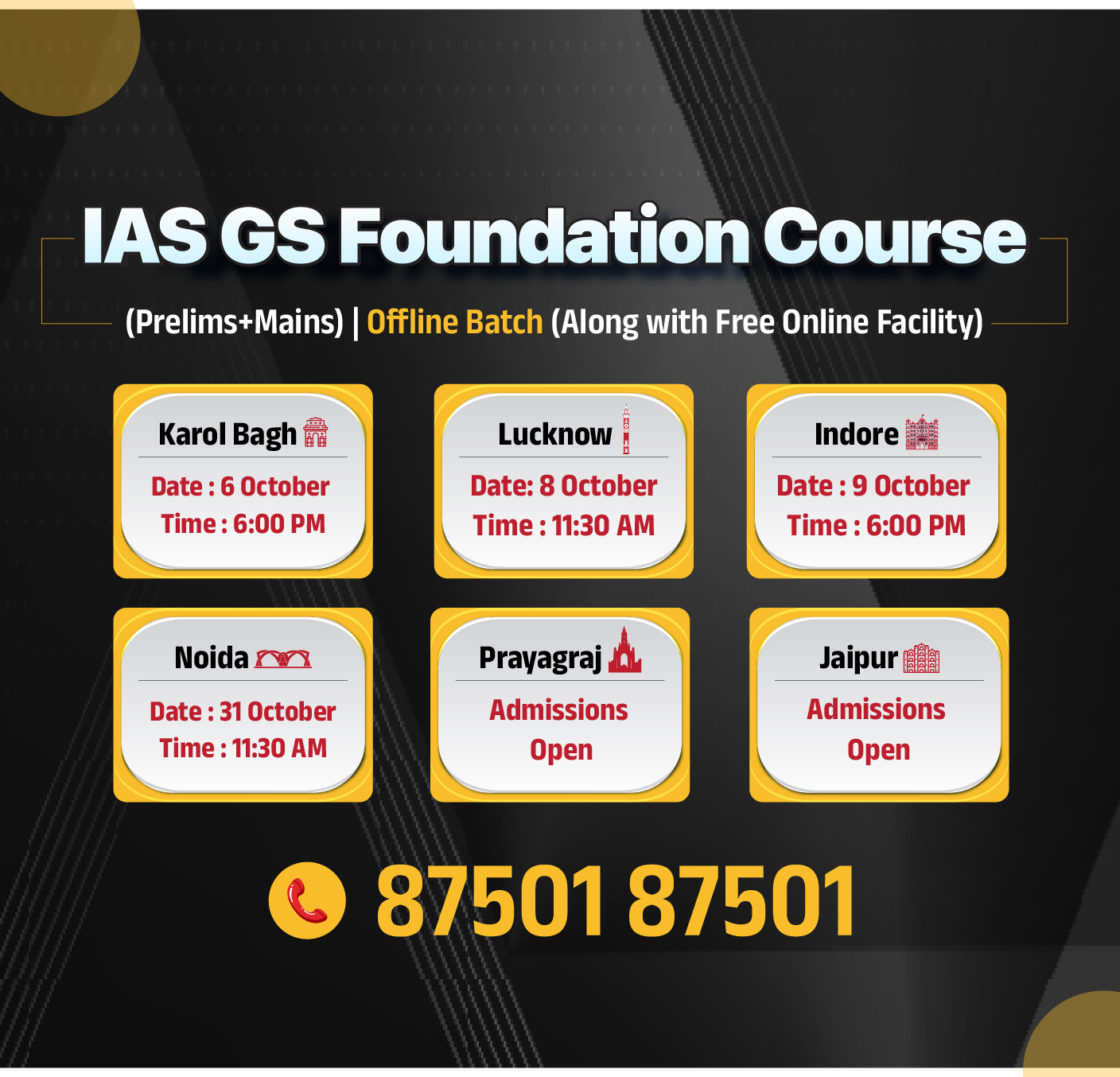
Rapid Fire
Sir Creek
India’s Defence Minister has stated that any aggressive action by Pakistan in the Sir Creek area would be responded to firmly, highlighting India’s readiness and vigilance.
- Sir Creek: It is a 96-kilometre tidal waterway in the marshlands of the Rann of Kutch, Gujarat, forming the boundary between India’s Kutch region and Pakistan’s Sindh province, and opening into the Arabian Sea.
- Historically known as Ban Ganga, it was renamed “Sir Creek” during the colonial period after a British official.
- Sir Creek Dispute: The dispute centers on differing interpretations of the maritime boundary. After 1947, Kutch went to India and Sindh to Pakistan.
- Pakistan claims the entire Sir Creek under a 1914 resolution. However, India argues that the same resolution also invoked the thalweg principle, which sets the boundary along the middle of the navigable channel.
- India further cites a 1925 map and mid-channel pillars to back its position, and maintains the creek is navigable during high tide, so the boundary should follow international norms along the mid-channel.
- Pakistan argues that the Thalweg Principle applies only to rivers and contends Sir Creek is non-navigable, so it shouldn’t be applied.
- Pakistan claims the entire Sir Creek under a 1914 resolution. However, India argues that the same resolution also invoked the thalweg principle, which sets the boundary along the middle of the navigable channel.
- Importance of Sir Creek:
- Strategic Significance: Sir Creek a sensitive border area where India and Pakistan have historically clashed. Control over the creek impacts maritime security, surveillance, and defense preparedness.
- Economic Value: It is one of Asia’s largest fishing grounds, supporting thousands of fishermen. The seabed may also hold potential oil and gas reserves.
- Ecological Importance: The creek is an ecologically sensitive area, hosting flamingoes and other migratory birds, making it crucial for biodiversity conservation.
| Read more: Disputed Territories of India |

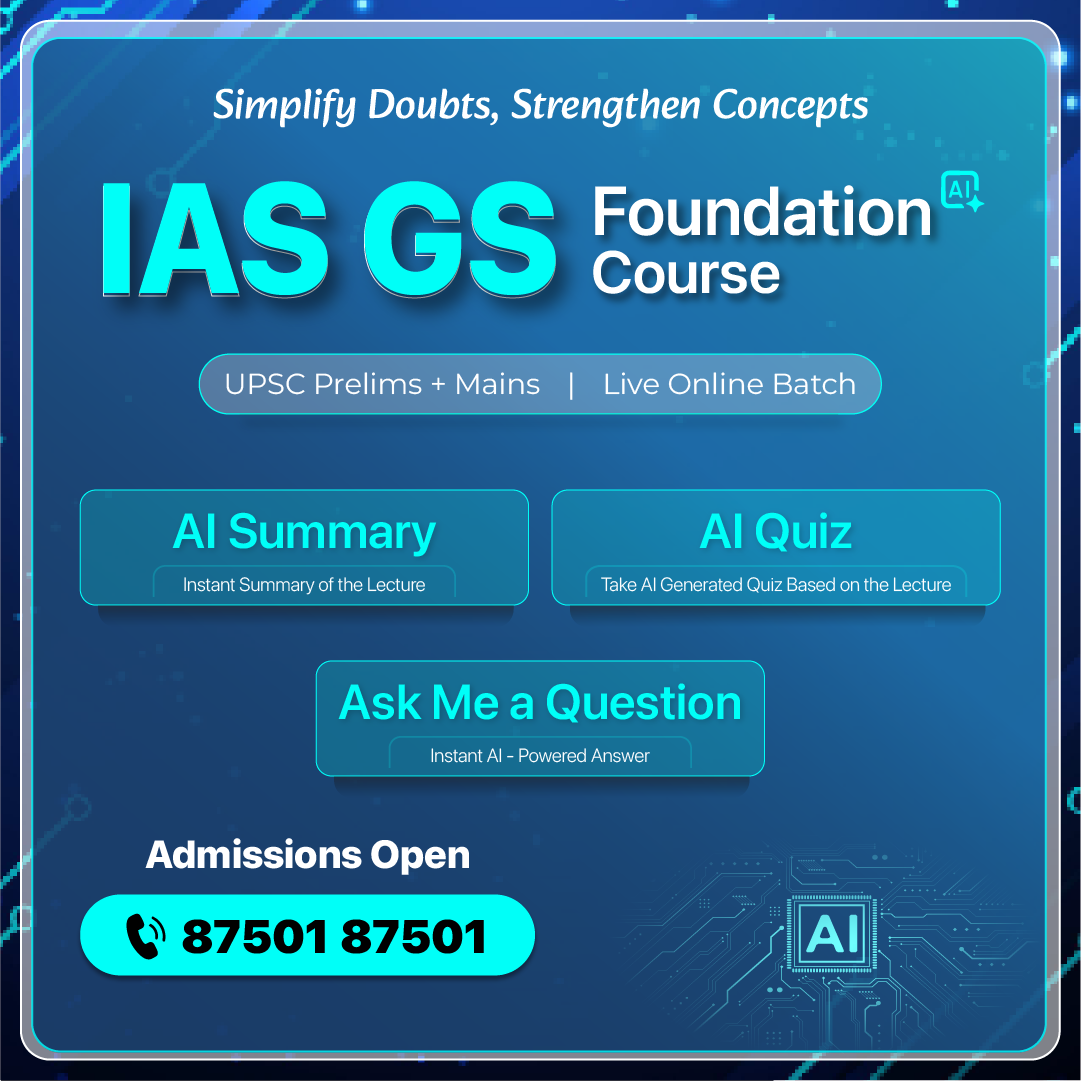
Rapid Fire
White Rhino
The Resurrection Quest, a documentary on cloning, gene editing, and species de-extinction, won the Gold Dolphin Award for showcasing efforts to save the northern white rhino.
White Rhino
- About: White rhinos are the second-largest land mammal.
- Subspecies: The species is split into two genetically distinct subspecies – Northern white rhino and Southern white rhino.
- Habitat:
- Northern White Rhino: Only two females left (functionally extinct), both living in Ol Pejeta Conservancy, Kenya.
- Southern White Rhino: Found mostly in South Africa, Namibia, Zimbabwe, and Kenya (98.8% population).
- IUCN Status of White Rhino: Near threatened.
- Social Behavior: Groups of up to 14 rhinos form, mainly females with calves. Adult males defend territories marked with scraped dung piles.
- Adult females have larger home ranges, while breeding females stay within a dominant male’s territory.
- Primary Threat: Poaching is the primary threat. The northern white rhino nears extinction from decades of horn poaching.
| Read More: White Rhinos |


Rapid Fire
Model Youth Gram Sabha(MYGS)
The Centre is set to launch the Model Youth Gram Sabha (MYGS), a school-based initiative inspired by Model UN simulations, to provide students practical exposure to local governance and Panchayati Raj functioning.
- Model UN simulations involve hundreds of thousands of students each year, helping them learn about the UN’s principles and functions.
MYGS
- About: It is a school-based initiative that introduces the democratic process of Gram Sabhas into classrooms across India, marking the first structured effort to involve students in grassroots governance.
- Objective: It aims to develop informed and responsible citizens who understand local governance, with students discussing issues and preparing village budgets and plans.
- Launched By: It is an initiative of the Ministry of Panchayati Raj, in collaboration with Ministries of Education and Tribal Affairs.
- Implementation: It will be launched in a phased manner, beginning with Jawahar Navodaya Vidyalayas (JNVs) and Eklavya Model Residential Schools (EMRS).
- Each participating school will receive Rs. 20,000 to conduct the mock Gram Sabha.
- Key Features: Students of Classes 9–12 to role-play as sarpanch, ward members, village secretary, Anganwadi worker, ANM, junior engineers, etc.
- Teacher training provided through National Level Master Trainers (NLMTs).
- It features regional and national competitions with substantial prize money, along with certificates.
| Read More: Driving Digital Transformation in Gram Panchayats |

